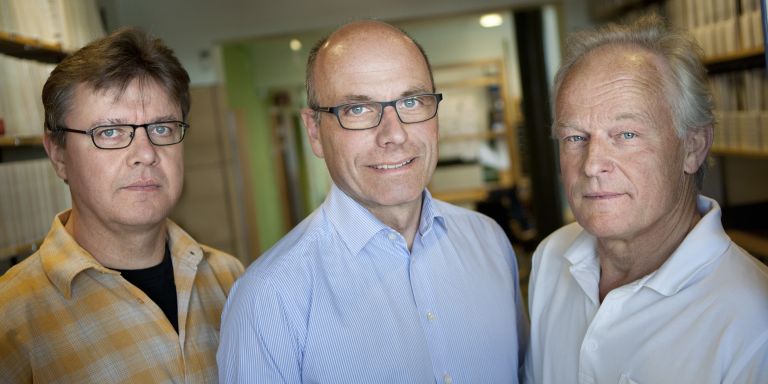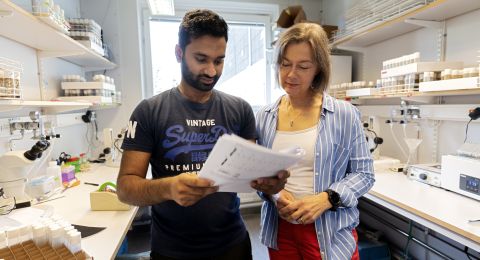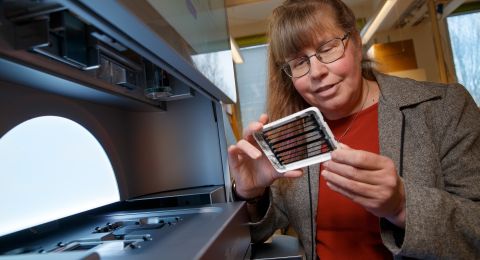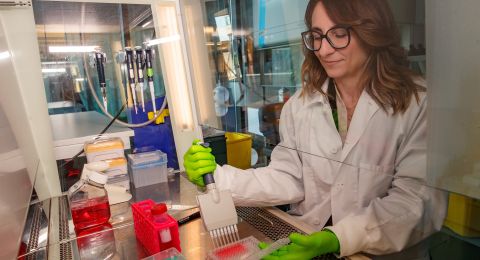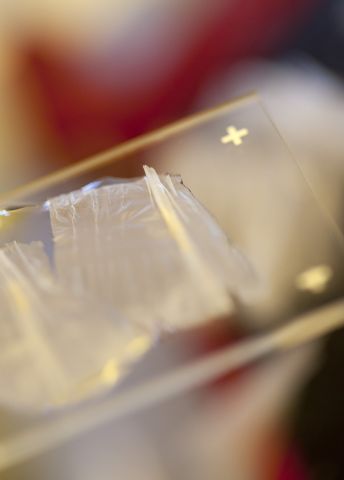
Project Grants 2011
New anti-infective therapies based on modulation of innate immune responses
Principal investigator:
Artur Schmidtchen, professor of dermatology
Co-investigators:
Heiko Herwald
Lars Björck
Institution:
Lund University
Funding in SEK:
42.3 million over five years
Infectious diseases cause one quarter of all deaths in the world, entailing extensive suffering and huge societal costs. Many different types of diseases are involved, such as acute blood poisoning, sepsis, where mortality is very high. In Sweden alone about 4,000 people die of sepsis each year, and the lives of those who survive are changed.
“The course of the disease can be very rapid, and each hour of delay in starting treatment increases the risk of death. You can be admitted to a hospital in the morning and be dead by lunchtime,” says Heiko Herwald, a professor of infectious diseases.
Natural protective system
Previously most research has focused on bacteria and how they cause disease, but at Lund University the approach is different. Research teams there from the Departments of Dermatology and Infectious diseases are developing a new concept and have made discoveries that imply that it might be possible to control and modulate human beings’ inborn immune defense in order to target infectious disease.
“It’s not enough to eliminate bacteria – we need go one step further. We know that in bacterial infections, it is the body’s own immune system that does much of the damage. Therefore we want to try to control and govern the body’s own defense mechanisms,” says Artur Schmidtchen, a professor of dermatology.
Among other things, the body produces substances called antimicrobial peptides, molecules that protect against foreign substances and bacteria. Research on this defense system has been done since the 1980s, but in recent years the scientists at Lund University have contributed several pioneering discoveries that can lead to new therapeutics for skin diseases and infections. In the long run, such “natural” strategies may be more effective and sustainable than today’s use of antibiotics.
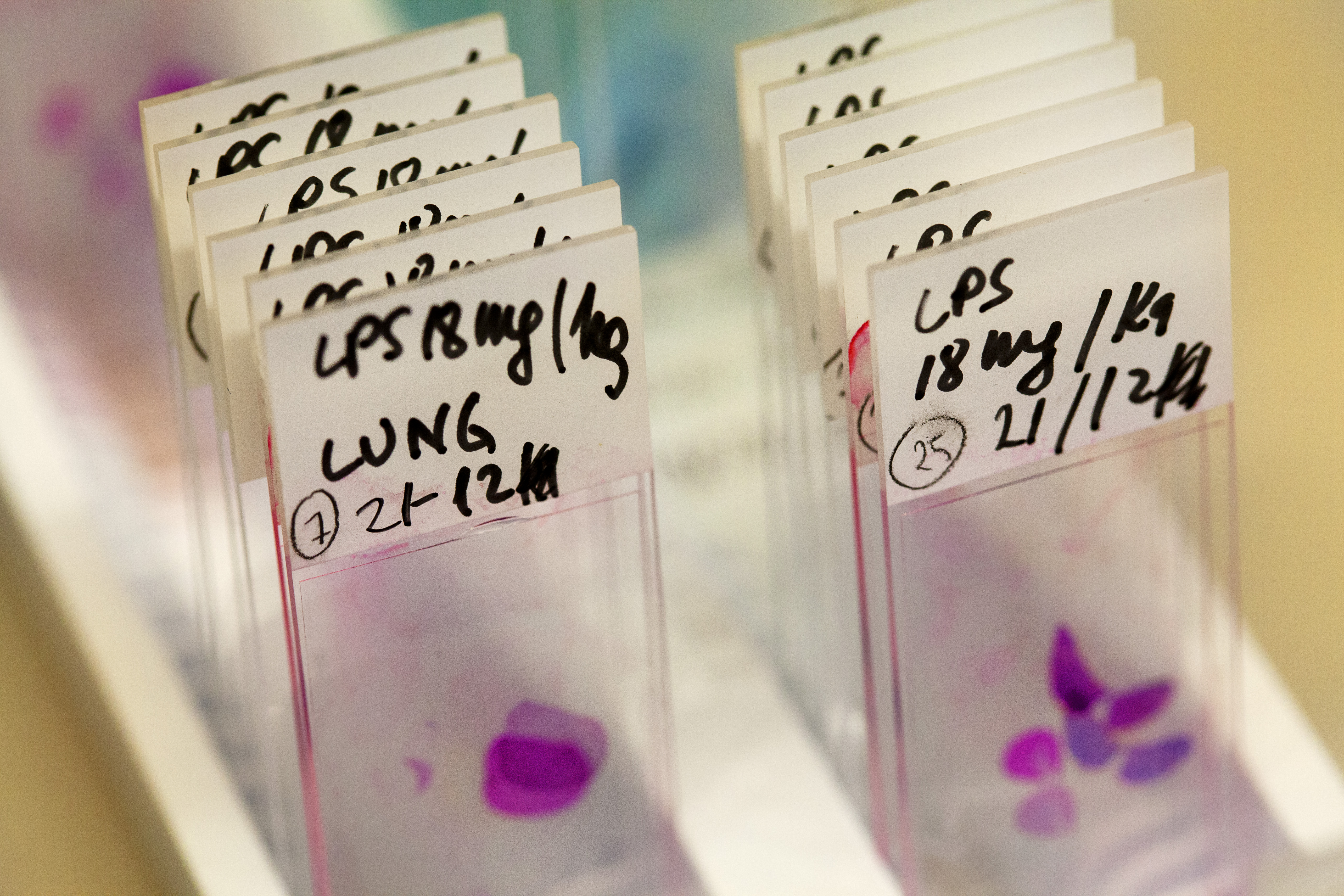
Technological resources
An important part of this research involves monitoring infections on site in experimental animal models. With funding from the Knut and Alice Wallenberg Foundation, the scientists have now been able to purchase advanced camera equipment for in vivo visualization, which provides a living picture of the course of an infection. The grant also enables them to establish a biobank.
“We are collecting biopsies and plasma samples and can build up a biobank with valuable information, thanks to the Foundation’s support. This is also a tool for the future. If a new question arises in a few years, we can go back, select biopsies, and perform new examinations, saving time and money,” says Heiko Herwald.
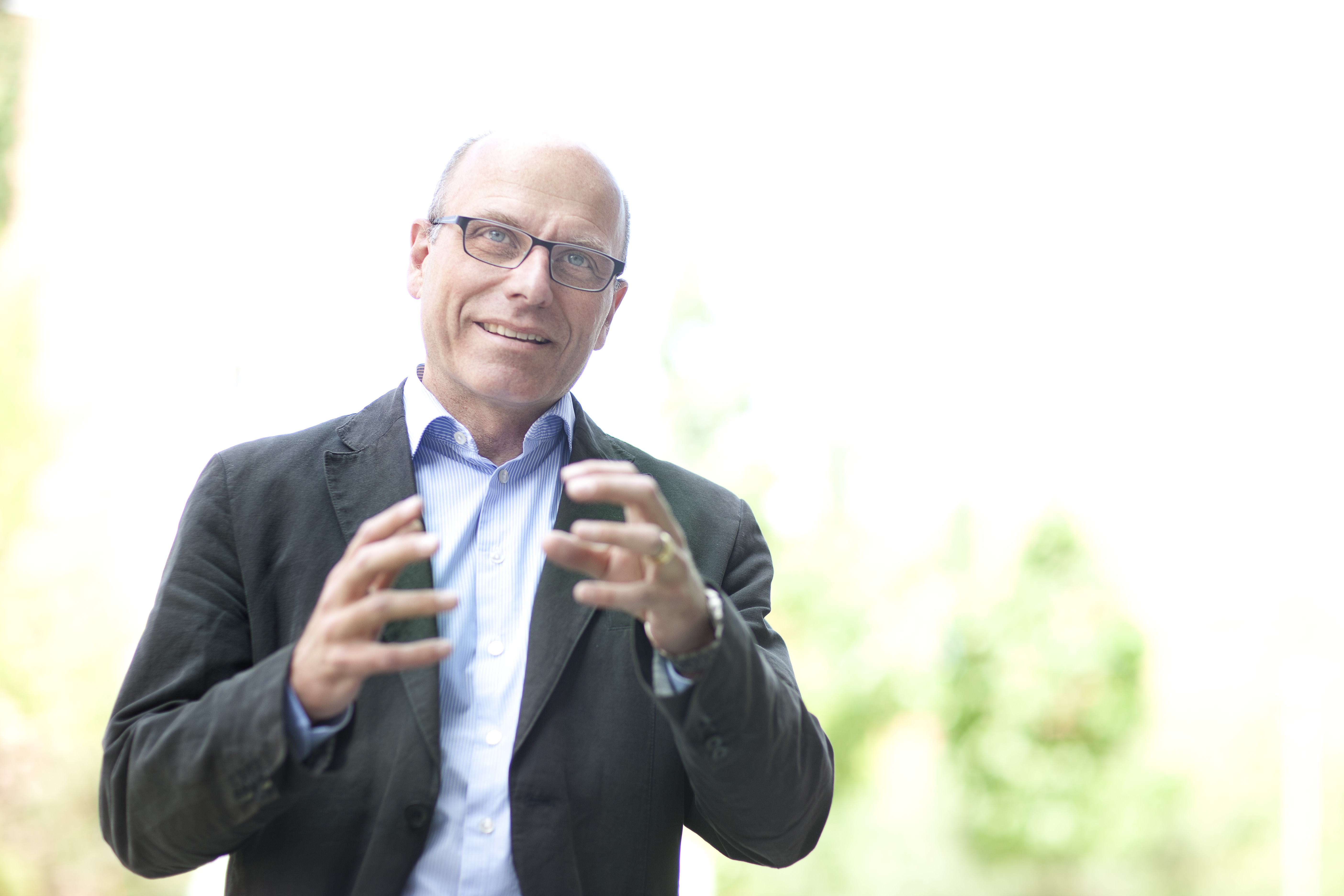
Antibiotic resistance a concern
Proliferating resistance to antibiotics is a problem that must be taken seriously, according to both Heiko Herwald and Artur Schmidtchen.
“Some researchers are alarmists, and some are taking it more calmly, but the situation is serious,” says Artur Schmidtchen.
The new treatment methods will not completely replace antibiotics, but they can be part of complementary and supporting treatments. It’s also important to develop preventive treatments, in advance of a hospital operation, for example, which in turn would mean we could reduce the use of antibiotics.
“We know that 30 percent of antibiotics use in hospitals occurs after an operation, and we often use them unnecessarily. If, instead, if we give patients a pretreatment to counteract bacterial infections, and moreover generally improve our hygiene, this could be an effective way to curtail the growth of resistance to antibiotics” says Artur Schmidtchen.
Text Nils Johan Tjärnlund
Translation Donald S. McQueen
Photo Magnus Bergström
